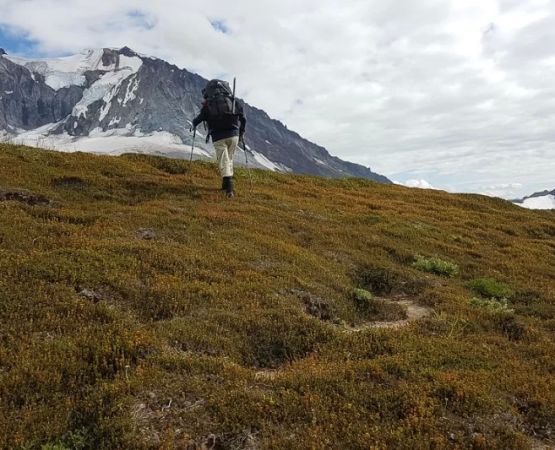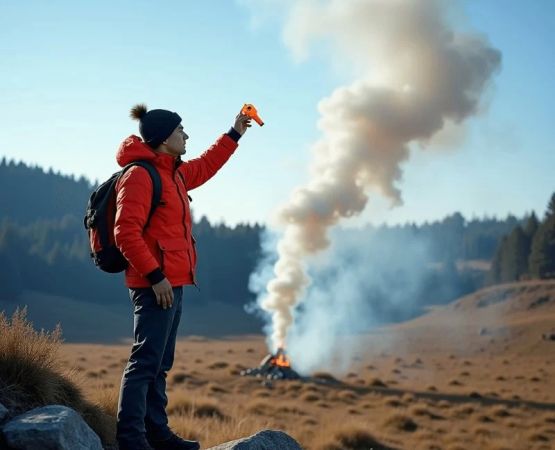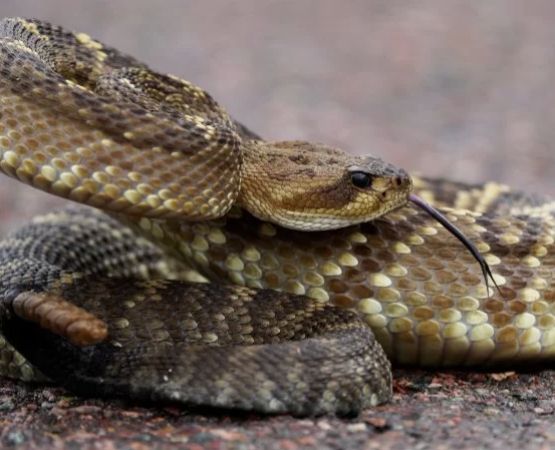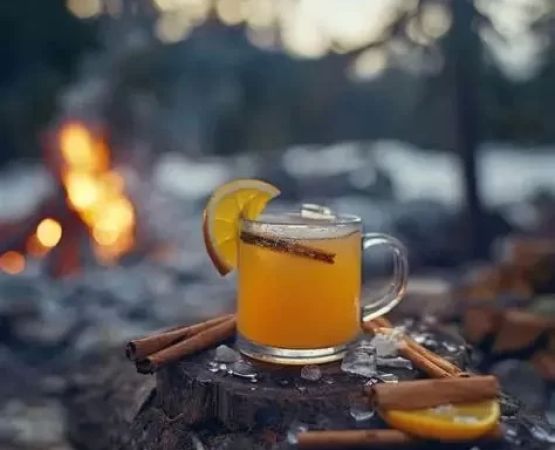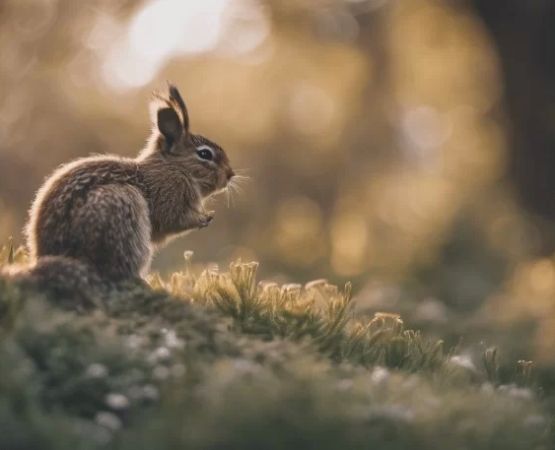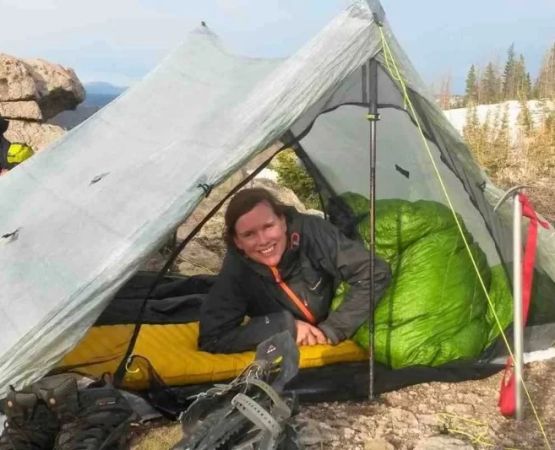- 1-planning-your-camp-adventure (#planning-your-camp-adventure)
- 2-iconic-national-park-campsites (#iconic-national-park-campsites)
- 3-hidden-gem-camping-spots (#hidden-gem-camping-spots)
- 4-family-vs-wilderness-camping (#family-vs-wilderness-camping)
- 5-preparation-and-safety-tips (#preparation-and-safety-tips)
1. Planning Your Camp Adventure
1.1 Setting Your Goals
Before hitting the trail, define what you seek: tranquility by a lakeshore, stargazing in a desert, or rugged mountain terrain. Identifying your ideal experience helps narrow down the search for the best camping spots in the USA and ensures your trip aligns with your expectations.
1.2 Seasonality and Permits
Campsite availability shifts with seasons—some high-altitude sites open only in summer, while desert parks welcome visitors year-round. Research permit requirements early; many national parks and popular state parks enforce quotas to preserve natural resources.
2. Iconic National Park Campsites
2.1 Yellowstone National Park
Yellowstone’s campsites, like Madison and Canyon, place you amid steaming geysers and wildlife. Plan months ahead to secure a spot near Old Faithful or Yellowstone Lake, and prepare for sudden weather changes in this volcanic landscape.
2.2 Yosemite National Park
From Upper Pines to Tuolumne Meadows, Yosemite offers dramatic granite vistas. Sunrise at Glacier Point, followed by a hike to the Mist Trail, creates memories that define why Yosemite ranks among the best camping spots in the USA.
2.3 Grand Canyon National Park
South Rim campgrounds provide easy day hikes and sunset views, while the North Rim’s remote sites reward those willing to venture off the beaten path. Backpacking to Phantom Ranch presents a true wilderness experience.
3. Hidden Gem Camping Spots
3.1 Boundary Waters Canoe Area Wilderness
This Minnesota haven offers canoe-to campsites on pristine lakes. Portaging between waterways reveals secluded spots perfect for fishing and paddling. A viral Instagram story featured one campsite where bioluminescent algae glowed under moonlight, illustrating why many adventurers rank it among the country’s most enchanting hidden gems.
3.2 Big Bend National Park
Along the Rio Grande, Big Bend’s desert camps—Castolon and Rio Grande Village—blend dramatic canyons with hot springs. Stars here pop against the Milky Way, delivering an otherworldly night sky.
4. Family vs Wilderness Camping
4.1 Family-Friendly Options
Families often seek amenities—flush toilets, potable water, and ranger-led programs. Sites like those at Acadia or Shenandoah balance nature immersion with creature comforts, making them ideal for younger campers.
4.1.1 Pine Cliff Resort Recommendation
For cabin-style camping with access to guided hikes and children’s activities, explore offerings at Pine Cliff Resort. Their tailored family packages include equipment rentals and local trail maps to simplify planning.
4.2 True Wilderness Experiences
For seasoned campers craving solitude, dispersed sites in national forests—such as those in the White Mountains—offer no-frills immersion. Carry all supplies and practice Leave No Trace principles to preserve these fragile ecosystems.
5. Preparation and Safety Tips
5.1 Essential Gear Checklist
A robust checklist ensures you won’t forget key items: a four-season tent, sleeping system rated for expected lows, water filtration, and layered clothing. Test your stove and familiarize yourself with campsite rules.
5.2 Leave No Trace Principles
Protect the wilderness by packing out trash, minimizing campfire impacts, and respecting wildlife. These seven principles guard the beauty and integrity of the best camping spots in the USA for generations to come.
5.3 Emergency Preparedness
Carry a satellite communicator or personal locator beacon in areas without cell service. Share your itinerary with someone at home, and know basic first-aid protocols to handle common outdoor injuries.

